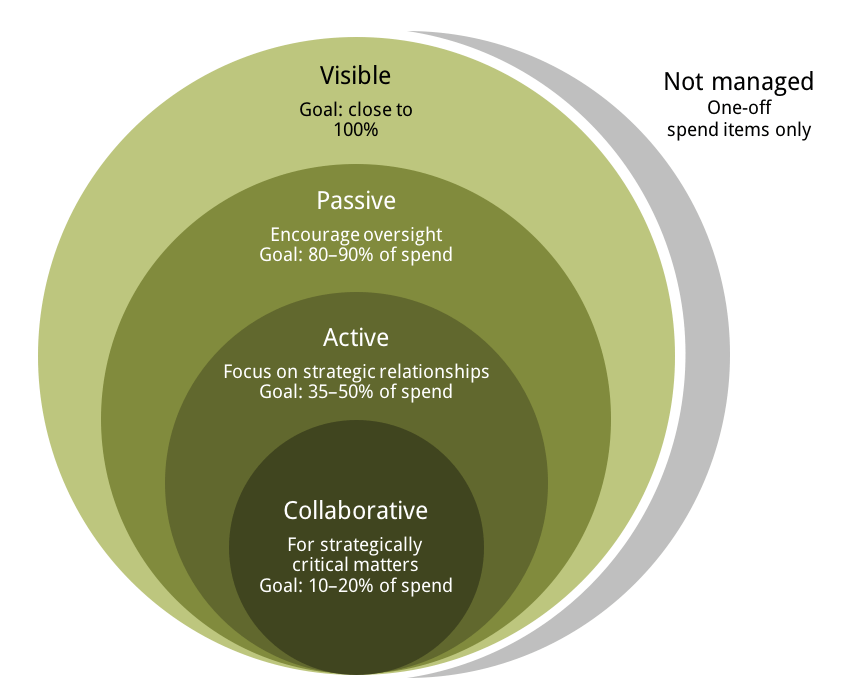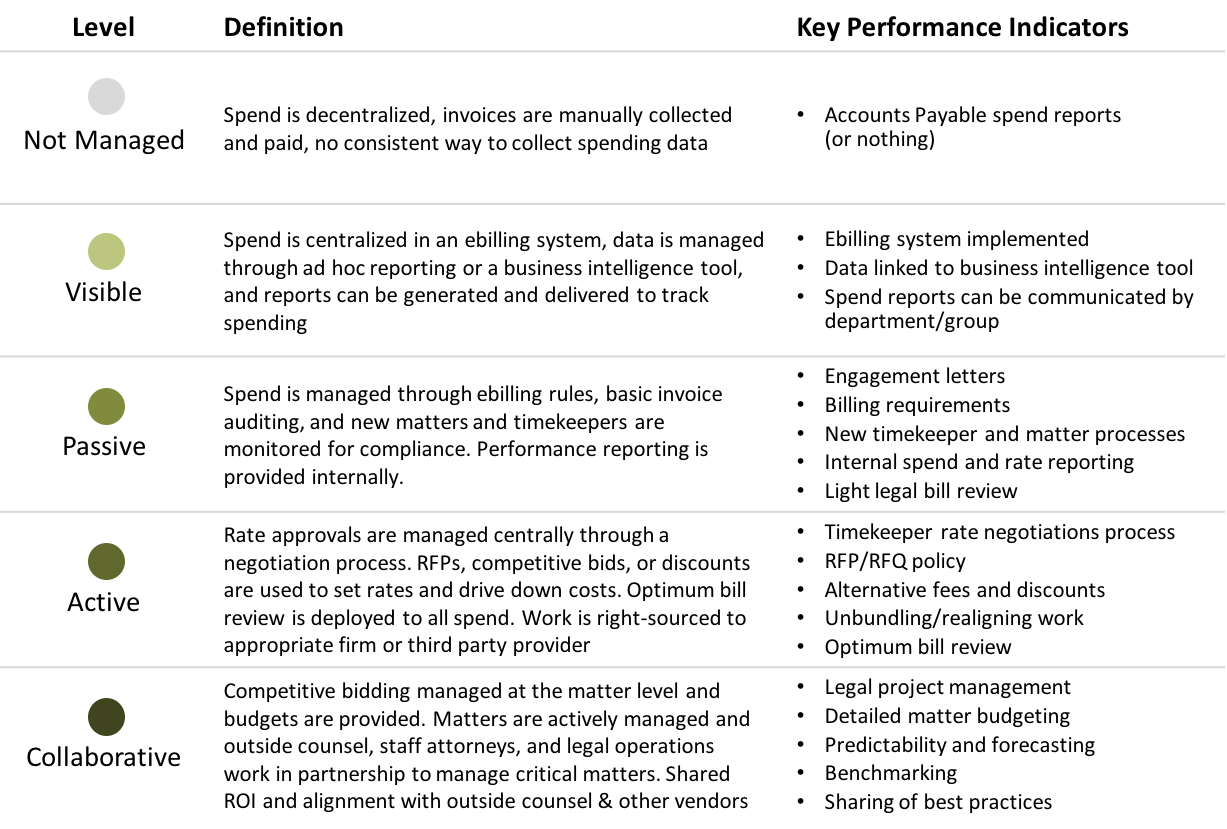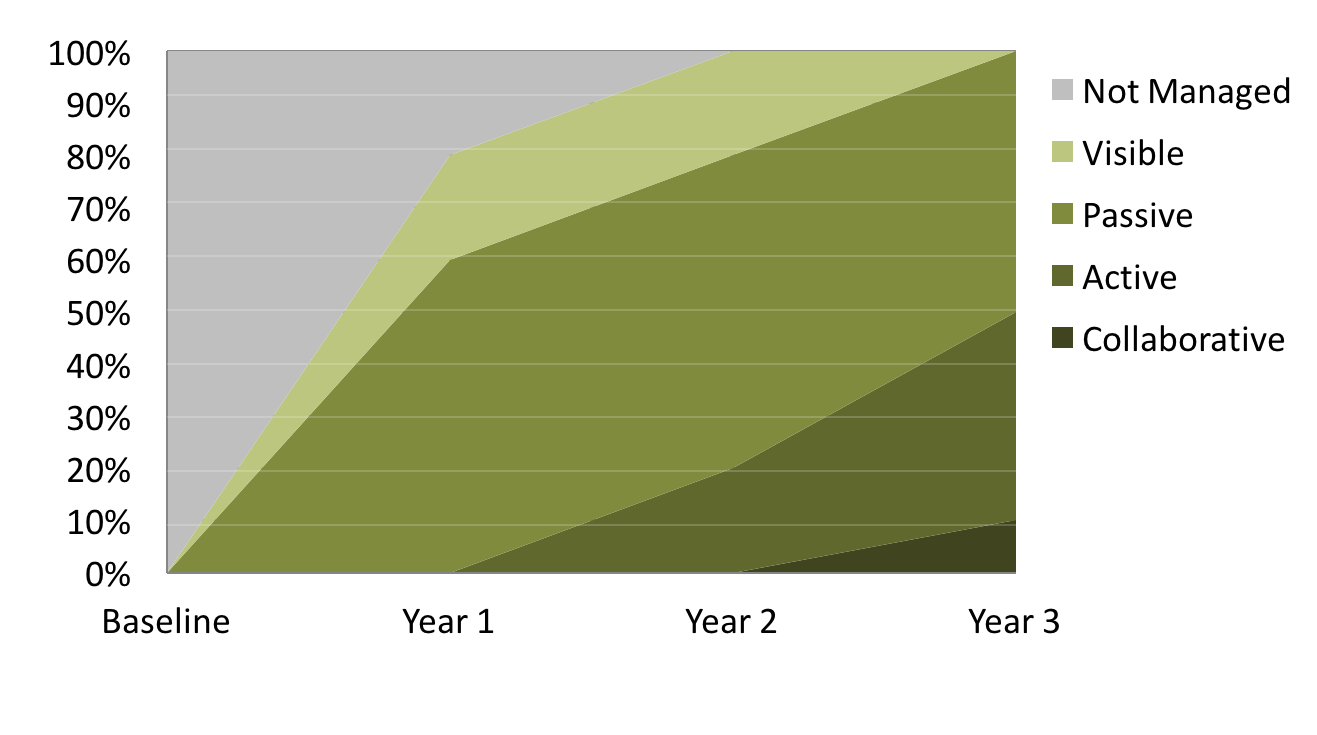“Legal Spend Under Management” – A New GC Metric
December 04, 2019
If I asked you to define what “going for a long run” means, what would you say? One mile? Five miles? A marathon? A slow jog or intervals? Trail or road? Aside from agreeing that the act of running is presumably a fundamental element, things like distance, speed, and many other factors are open to interpretation.
Similarly, defining legal spend management is subject to a broad range of interpretations. Ask five legal ops professionals, and they will likely start in five different places. Legal spend management might be defined as:
- Knowing who you pay and what you pay them
- Making sure you get what you pay for
- Making sure you get the lowest price
- Matching specific needs with specific law firms
- Forecasting your spend accurately and sticking to forecast
Depending on your organization’s history, goals, and current stage of development, any of those definitions might be what your organization is focusing on right now, but all of them speak to the larger topic of “legal spend under management.”
What is “spend under management”?
The concept of spend under management was originally developed by sourcing organizations to gauge how much control and effectiveness they have in managing spend across an organization. Used as a metric, “spend under management” is reported and benchmarked across the industry, focusing not on the actual dollar amount of spend but on delivering the highest value for each dollar spent. The idea is to go deeper, measuring performance across more nuanced metrics, such as amount of spend competitively sourced, or amount of spend managed through a payments technology system.
In legal operations, we can adapt this model to provide a useful framework for legal spend management. Here is the Elevate model for legal spend under management:

What these categories mean:
- Not Managed: This is spend without oversight. Bills are submitted ad hoc, typically in a paper format, and paid in a decentralized manner. The method by which counsel are selected and fee arrangements set are non-existent or not adopted. Established legal operations departments should have only a small percentage of spend in this category, comprised of predominantly one-off spend items or spend controlled by another department.
- Visible: Depending on your company’s data maturity, you may range from having only summary level visibility – such as knowing total spend by law firm via Accounts Payable information – to more detailed line item visibility via an ebilling system. More mature organizations may also leverage a business intelligence tool or analytics platform to enhance their data visibility and reporting capabilities.
- Passive Management: This includes mechanisms for articulating and enforcing billing rules for established rates/pricing, such as:
- Using Engagement Letters and Billing Guidelines to clarify expectations for law firms
- Enabling an ebilling technology to take automated adjustments
- Using Legal Bill Review to ensure billing guideline compliance
- Passive management can also have knock-on effects that extend some control over rate setting. For example, managing new timekeeper approvals and applying rate locks on annual increases are passive management tools that drive law firm compliance with department policies without actively engaging them in a negotiation.
- Active Management: By this, we mean directly impacting rates and fees through mechanisms such as competitive bidding, staffing management, and rate negotiations, as well as regular business reviews on the firm’s performance against operational and strategic metrics. While basic bill review is a passive strategy, an active bill review program monitors staffing, reasonableness of charges, and materiality of the work completed. Active management may also involve negotiating alternative fees, discounts, and other control mechanisms depending on the law department’s focus. With active management, firms are invited to participate actively in a process, and are measured against their peers within the department’s portfolio of firms.
- Collaborative: Elevate believes that strategic, big-ticket matters should be managed holistically as projects and collaboratively defined between law firms, law departments, and staff attorneys. Collaborative management should involve budgeting, project management, and regular reporting on both costs and matter status. This also includes the sharing of best practices through peer organizations such as CLOC and ACC Legal Ops.
Here’s another way to summarize it:

What is an ideal spend under management target?
All legal departments should aim to reach at least the Visible level of spend management. Beyond that threshold, a legal department’s passive, active, and collaborative strategies will be influenced by the department’s size, scope, and goals of the organization. Of course, it wouldn’t be cost effective to manage all spend collaboratively. Likewise, passively managing matters of high strategic value would generally be penny-wise, pound-foolish. The goal is to manage the right spend at the right level for the right reasons. As a legal department matures, it should use a blend of passive, active, and collaborative measures to manage law firm and vendor performance. Achieving the ideal state typically takes several years, and we advise legal departments to build this into their strategic plan.

This blog post is the first in a series, exploring a variety of spend management concepts and strategies ranging from passive to active to collaborative. Some may be more basic, others more advanced, but the overall goal is to share ideas that all “runners” can appreciate, regardless of the pace that they run or the distance that they have logged.
Thanks for reading. If you have questions or comments, or if you’d like help assessing your legal spend under management, you’re welcome to contact me.
Back to Expertise

